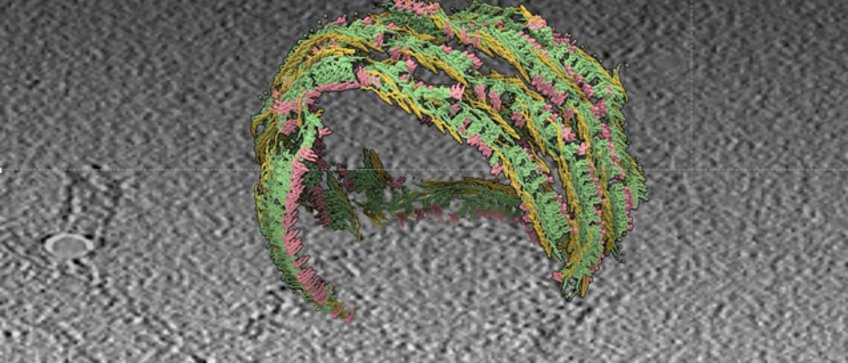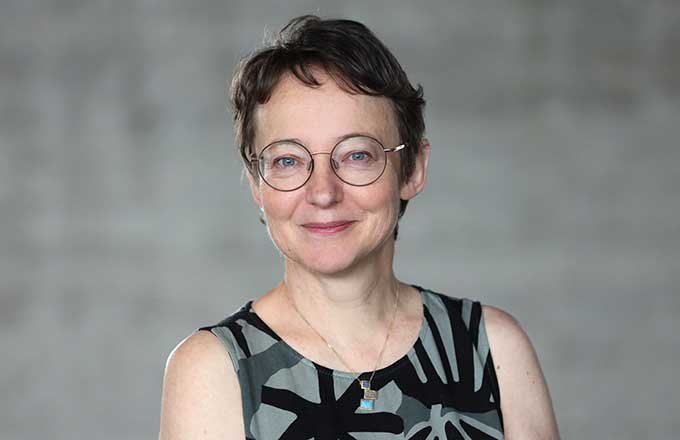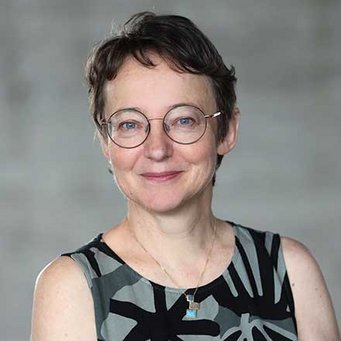
Chemistry & Biochemistry
Chemistry underpins all of biology. The Research Mission of the IMPRS is advancing our mechanistic understanding of how cells form tissues. In other words, answering the question: how do the properties of tissues emerge from the interactions of their cellular components, and how do these cellular properties, in turn, arise from the interactions of individual molecules?
We know many of the components that make up the cell, however the cell is incredibly complex and deconvoluting the role of each component for cellular function is still in its infancy. For example, a single cell contains thousands of different proteins and similar number of lipid species, but we only know the specific biological role of a handful of these. For understanding how life works, it is crucial that we identify and understand which molecules matter and why they do so.
For example, how does the lipid membrane regulate protein activity and signalling events? How do cells use molecules to regulate their activity?
Research in this area of inquiry provides the basis for synthetic biology: i.e. Re-building and re-programming biological systems in vitro. We describe the interaction, interconversion and movement of biomolecules in thermodynamic and kinetic terms. Recent advances in chemical and synthetic biology have enabled us to do chemistry in living cells and recreate entire cellular processes in the test tube. Our research in this field focuses on the following areas:
- Thermodynamic and kinetic understanding of out-of-equilibrium chemical processes
- Analysis of membrane structure and function
- Synthesis of artificial cells
- In-vitro reconstitution of biological and biophysical model systems.
- Photochemical probe development
To unravel these complex biological chemistry, IMPRS scientists combine protein and lipid mass spectrometry, super-resolution microscopy and a range of spectroscopic techniques with insights from physics, mathematics, biology and biochemistry to identify and study the role of specific molecules at the cellular and tissue levels.
Our research is embedded in the collaborative environment of MPI-CBG, the Center for Systems Biology Dresden (CSBD), and the Max Planck Institute for the Physics of Complex Systems (MPI-PKS). Achieving success necessitates combining this field with the other fields of the IMPRS program, especially Biophysics, Molecular Condensates and Mathematics Computation and AI, to address some of the most challenging problems in Biochemistry and Chemistry.
Research Group Leaders Involved
The research group leaders (RGLs) principally involved in Chemistry and Biochemistry include Eric Geertsma · Anne Grapin-Botton · Andre Nadler · Johnathan Rodenfels · Andrej Shevchenko · Alexander von Appen · Michael Weber
Click Here for the Full List of Research Groups & Fields!

Anne Grapin-Botton: “How do biomolecules such as proteins, nucleic acids, lipids, metabolites or sugars undergo chemical processes and transformations enabling life? Addressing these long-standing biochemistry questions is enabled by the new methods we use and develop such as live-cell and super-resolution microscopy combined with sensor design, to watch molecules act in real time, as well as cryo-EM, and in vitro reconstitution methods that simplify the cell soup. We study emergent phenomena such as phase separation, membrane remodeling, lipid and cytoskeletal dynamics connecting molecular chemistry to cellular behavior. Our strengths and the training we offer include image analysis, modeling, and statistics—to extract reproducible insights from complex, heterogeneous data. I hope you will enjoy as much as I do the interactions with mathematicians, physicists and computer scientists which enable us to resolve dynamic spatiotemporal regulation in single cells and link molecular events to physiological outputs.”
